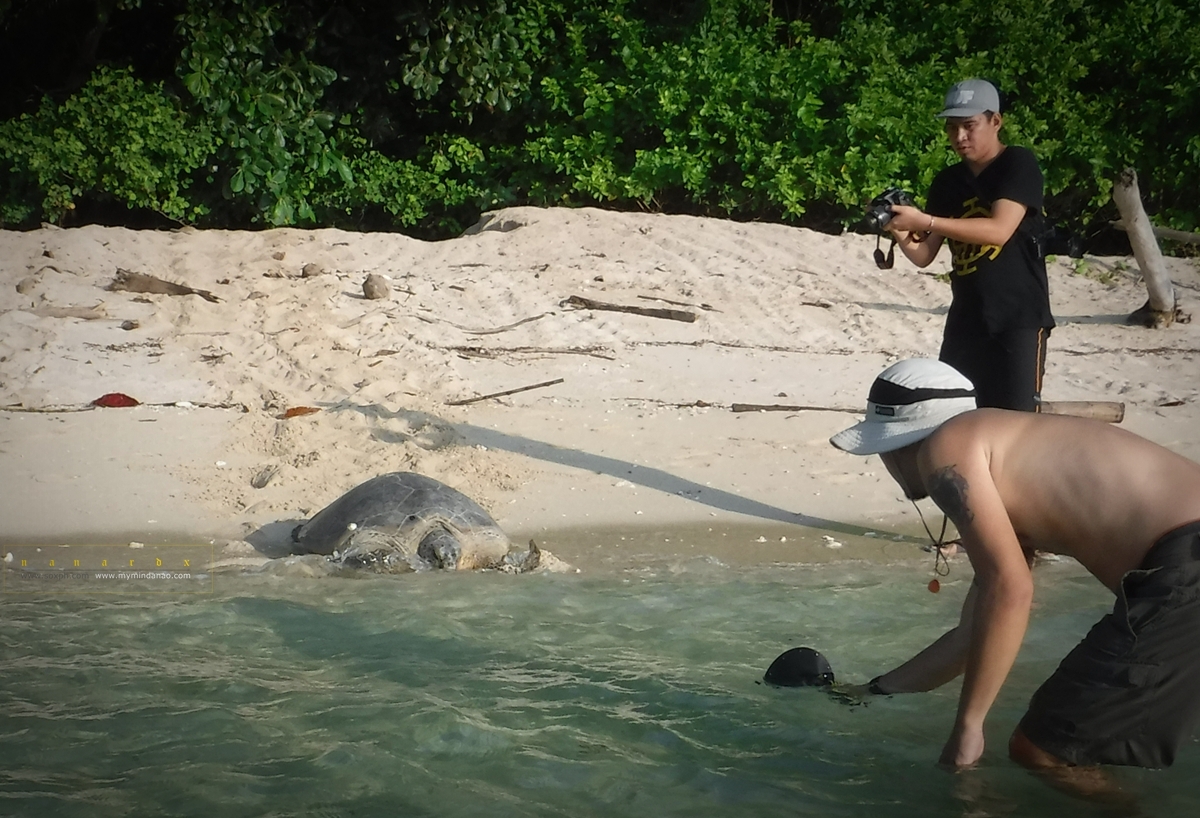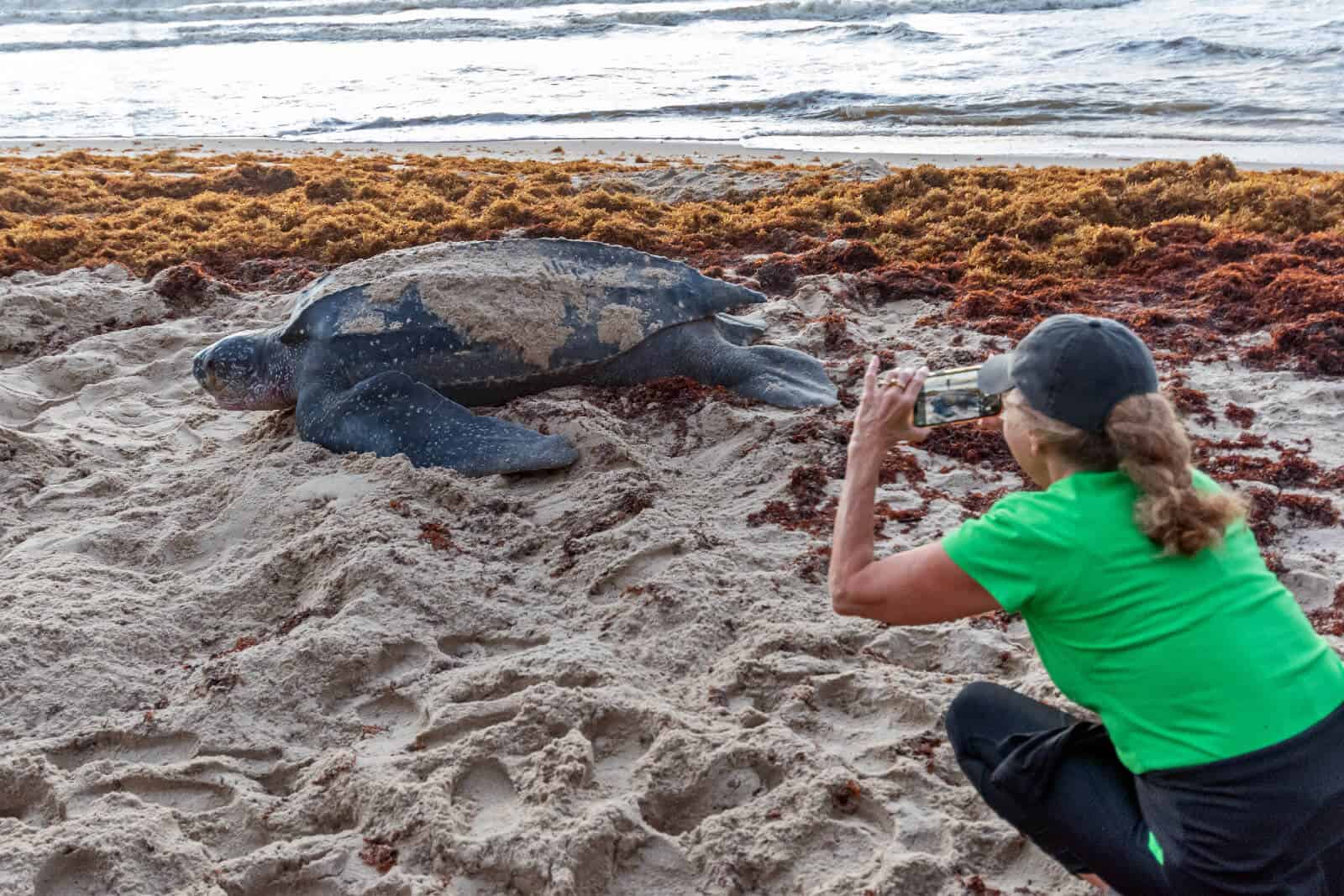
Turtle Island: Where Eco-Tourism Becomes a Lifeline for Ancient Mariners
As twilight softens the equatorial sky over the Celebes Sea, a hushed anticipation descends upon Selingan Island, the largest and most prominent of the trio that forms Sabah’s renowned Turtle Islands Park. Here, under the cloak of night, an ancient ritual unfolds, one that has played out for millennia: the return of the sea turtles to their ancestral nesting grounds. But this isn’t merely a natural spectacle; it is a meticulously managed confluence of conservation and responsible tourism, a living testament to how eco-tourism, when executed with profound purpose, can become a critical lifeline for endangered species.
Turtle Islands Park, comprising Selingan, Bakkungan Kecil, and Gulisan, is a vital sanctuary nestled off the coast of Sandakan, Malaysian Borneo. Established in 1977, it holds the distinction of being one of the world’s few places where Green and Hawksbill turtles come ashore nightly, year-round, to lay their eggs. What sets this park apart, however, is not just the sheer volume of these majestic creatures but the innovative model of eco-tourism that directly underpins their survival. Visitors are not mere spectators; they are, in essence, temporary guardians, their presence and financial contributions integral to the ongoing conservation efforts.
The Genesis of a Sanctuary: From Exploitation to Preservation
For centuries, sea turtles were a primary food source and their eggs a local delicacy. Poaching was rampant, and their numbers plummeted across the globe. Turtle Islands Park emerged from this crisis, transforming a site of exploitation into a beacon of hope. The park’s philosophy is elegantly simple: protect the turtles, educate the public, and fund conservation through carefully controlled, high-value, low-impact tourism.
"This isn’t mass tourism," explains Mr. Azlan Bin Mohamad, a veteran park ranger with over two decades of experience, his voice quiet yet firm. "Every visitor leaves with a deeper understanding of these incredible animals and the immense challenges they face. They become advocates, not just tourists." This sentiment encapsulates the core of the Turtle Island experience. Access is strictly limited, with only a handful of overnight stays permitted on Selingan Island, the only island equipped for visitors. This exclusivity ensures minimal disturbance to the nesting turtles and maximizes the educational impact for each guest.

The Night Watch: A Glimpse into the Primitive
The journey to Turtle Island itself is an adventure, a scenic boat ride across azure waters. Upon arrival, the island’s pristine beaches and lush vegetation offer a tranquil respite. But the real magic begins after sundown. Following a briefing from the park rangers, visitors gather, their senses heightened, awaiting the call. The moment a turtle is spotted emerging from the waves, a profound hush descends.
Guided by the rangers, guests are led to the nesting site. Flash photography is strictly forbidden, and visitors are instructed to maintain silence and a respectful distance. The sight of a female Green or Hawksbill turtle, often weighing hundreds of kilograms, laboriously digging her egg chamber is a primeval spectacle. She is a creature of immense strength and vulnerability, driven by an instinct older than human civilization. The rhythmic flipper movements, the deep sighs, the almost trance-like state she enters – it’s an experience that transcends mere observation.
Once the turtle begins laying her clutch, a ranger carefully collects the precious eggs. This seemingly intrusive act is, in fact, a crucial part of the conservation strategy. "If we didn’t collect them, less than 1% would survive," Ranger Azlan clarifies. "They’d be dug up by monitor lizards, birds, or washed away by high tides. By bringing them to the hatchery, we significantly increase their chances." A single Green turtle can lay anywhere from 80 to 120 eggs, a Hawksbill slightly fewer. Each clutch is carefully counted, recorded, and transferred to the island’s protected hatchery.
The Hatchery: A Cradle of Hope
The hatchery itself is a fascinating, almost sterile environment of marked sandy plots. Here, the eggs are reburied, their location precisely documented, along with the date of laying and the species. The incubation period for Green turtles is typically around 60 days, while Hawksbills take slightly longer. The sand temperature plays a critical role, influencing the sex ratio of the hatchlings – warmer sands tend to produce more females, a growing concern in an era of global warming.
Witnessing the release of hatchlings is arguably the most heartwarming part of the Turtle Island experience. After about two months, tiny, energetic hatchlings begin to emerge from the sand. Visitors are given the extraordinary opportunity to watch these miniature survivors scramble across the beach towards the sea, guided by instinct, their tiny flippers propelling them towards the vast, unknown ocean. It’s a powerful metaphor for hope and resilience, a poignant reminder of the fragility and wonder of life. "Each hatchling released represents a chance, however small, for the species to endure," a ranger often reminds the departing visitors.
Eco-Tourism’s Tangible Impact: Beyond the Experience
The funds generated by eco-tourism at Turtle Island are directly reinvested into the park’s operational costs and conservation programs. This includes:

- Ranger Salaries and Training: The dedicated team of rangers are the frontline guardians, monitoring nesting activities, collecting eggs, managing the hatchery, and ensuring visitor compliance.
- Research and Monitoring: Data collected from every nesting event – species, number of eggs, date, location – contributes to a long-term database vital for understanding population trends, migration patterns, and the overall health of the turtle populations. This scientific information is shared with international conservation bodies.
- Hatchery Maintenance: Ensuring the hatchery remains a safe, predator-free environment with optimal conditions for egg incubation.
- Anti-Poaching Efforts: While less prevalent now, vigilance against illegal activities is ongoing, protecting both turtles and their eggs.
- Park Infrastructure: Maintaining visitor facilities, boats, and the general upkeep of the sanctuary.
"The money visitors pay isn’t just for a bed and a meal," emphasizes Dr. Lim Kah Leong, a marine biologist who has collaborated with the park for years. "It’s a direct investment in the future of these turtles. Without that revenue stream, the scale of our conservation efforts would be severely hampered." This direct link between tourism revenue and conservation outcomes is a cornerstone of effective eco-tourism.
Challenges and the Path Forward
Despite its successes, Turtle Island faces significant challenges. Climate change poses a growing threat, with rising sea levels eroding nesting beaches and increasing sand temperatures potentially skewing sex ratios towards an unsustainable number of females. Plastic pollution, a global scourge, also impacts the turtles, who often mistake plastic bags for jellyfish, their primary food source. Ghost fishing nets, discarded by commercial fishing vessels, continue to ensnare and kill thousands of turtles worldwide.
Furthermore, the very act of human presence, however controlled, necessitates careful management. Critics sometimes raise concerns about the potential stress on nesting turtles, or the "staged" feel of the egg collection and hatchling release. However, the park management asserts that the long-term benefits of increased hatchling survival and public awareness far outweigh these concerns, provided protocols are strictly adhered to. The rangers are trained to minimize disturbance, often waiting until the turtle is deep in her egg-laying trance before approaching.
The future of Turtle Island, and indeed, of sea turtles globally, hinges on continued dedication to conservation, robust scientific research, and responsible human interaction. The eco-tourism model here serves as a powerful example of how humans can become stewards rather than exploiters. It transforms a passive observation into an active contribution, forging a connection between visitors and the natural world that fosters empathy and a lasting commitment to conservation.
As the morning sun casts its golden glow over Selingan, illuminating the tracks left by the night’s nesting turtles, there’s a profound sense of purpose in the air. Each visitor departing Turtle Island carries not just photographs, but a story – a story of ancient mariners, dedicated guardians, and the hope that, through conscious effort, humanity can indeed help safeguard the planet’s most vulnerable inhabitants. Turtle Island is more than a destination; it is a vital chapter in the ongoing saga of conservation, proving that with careful planning and heartfelt commitment, eco-tourism can truly be a lifeline for the wild.

